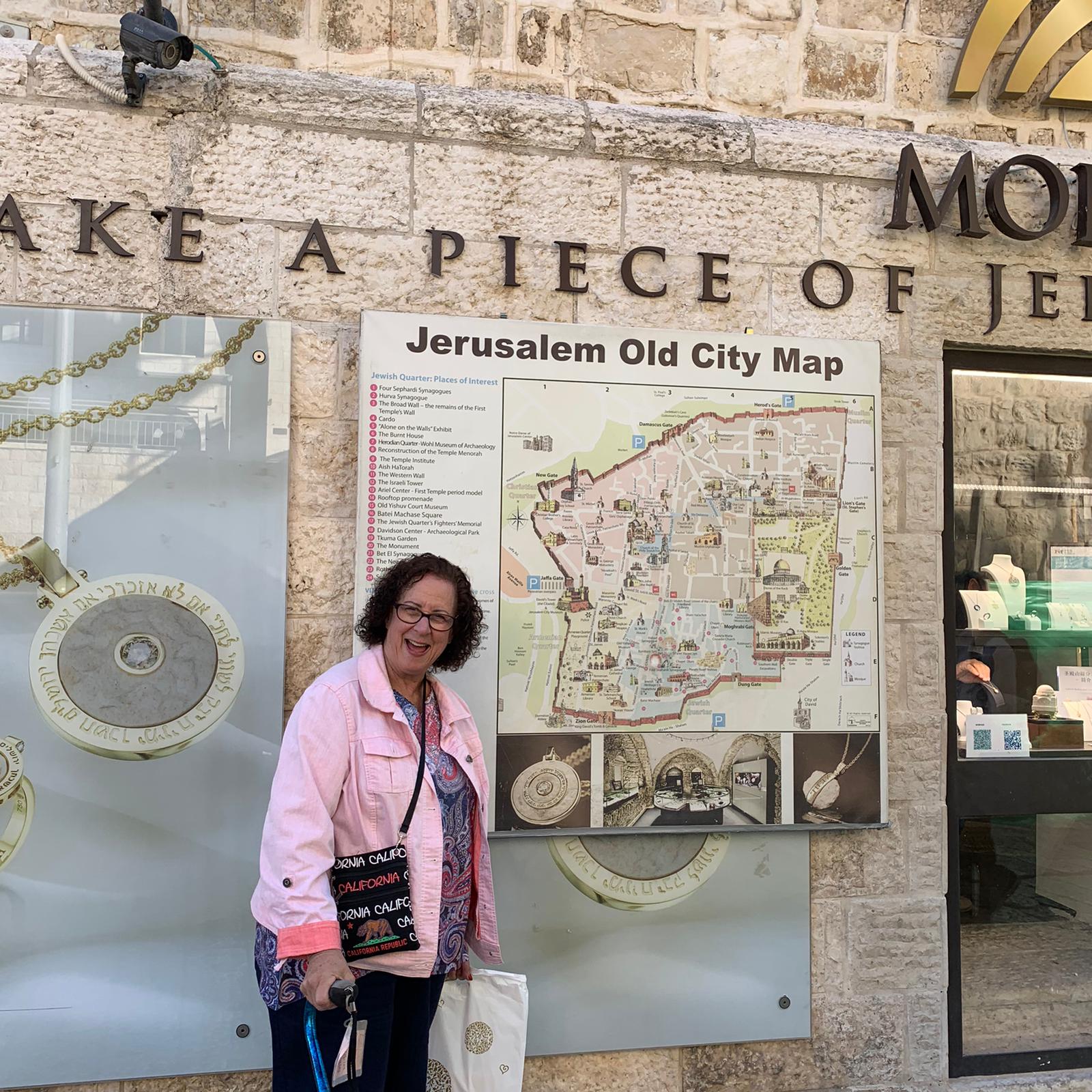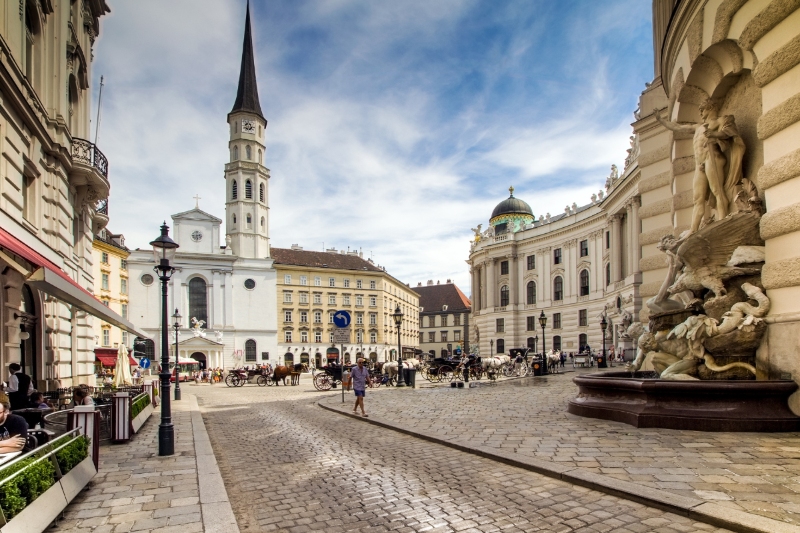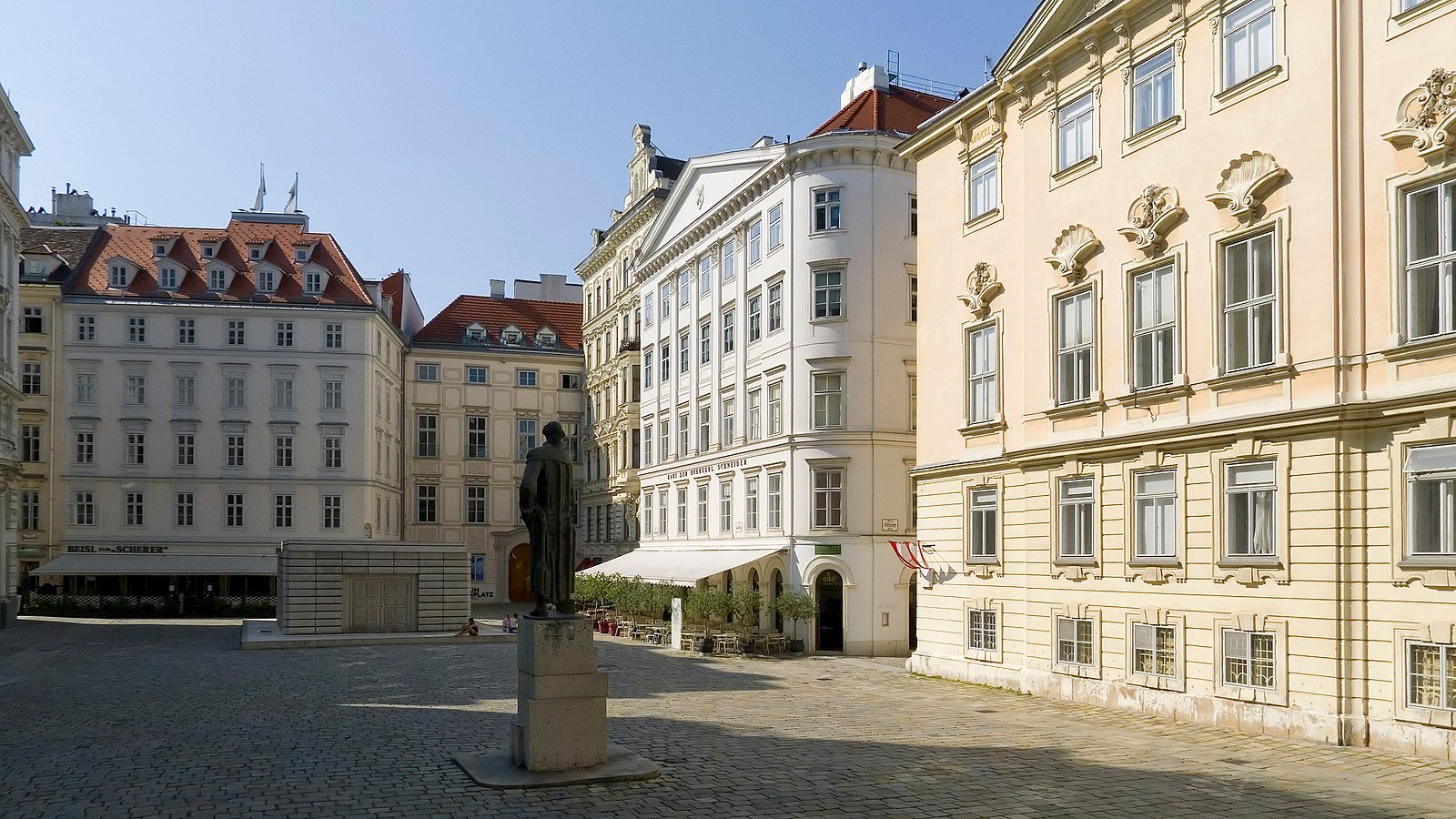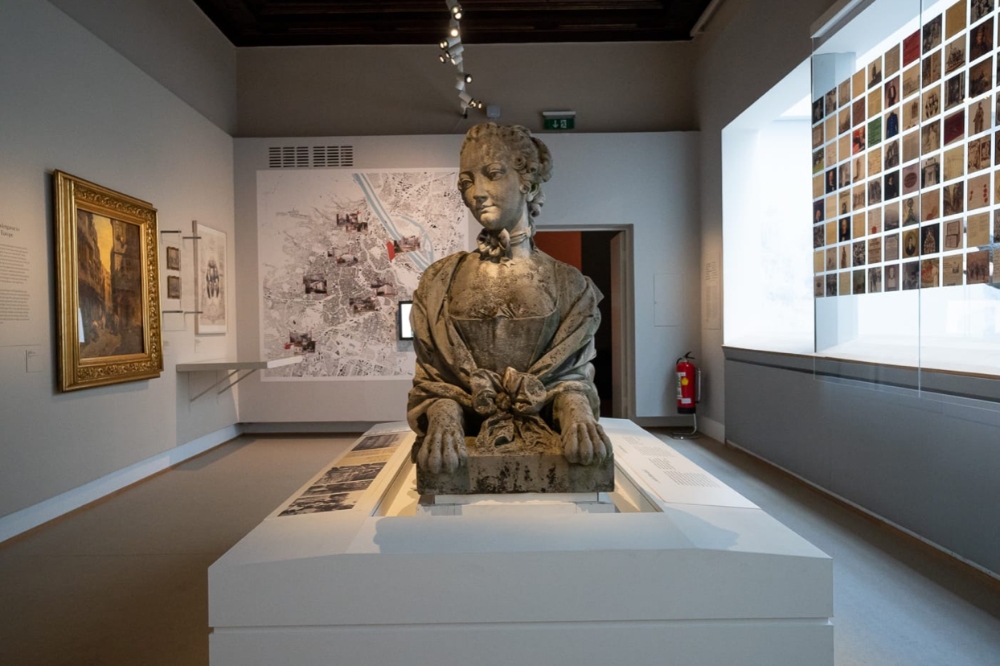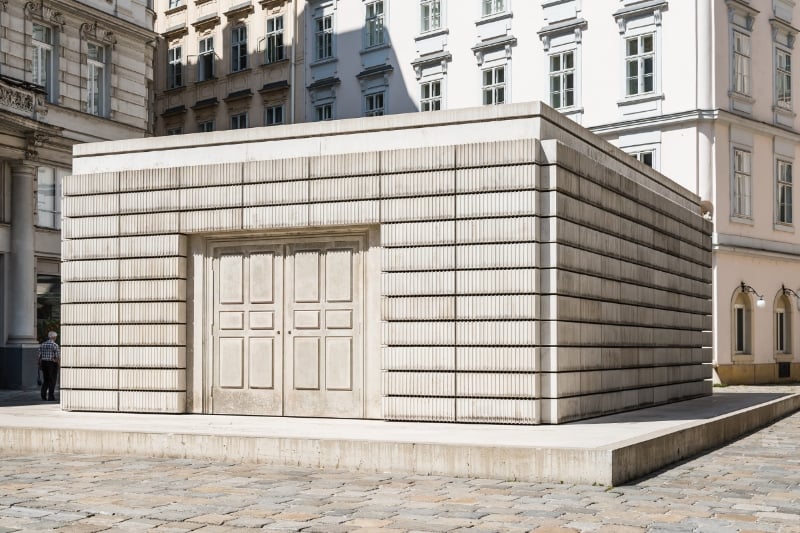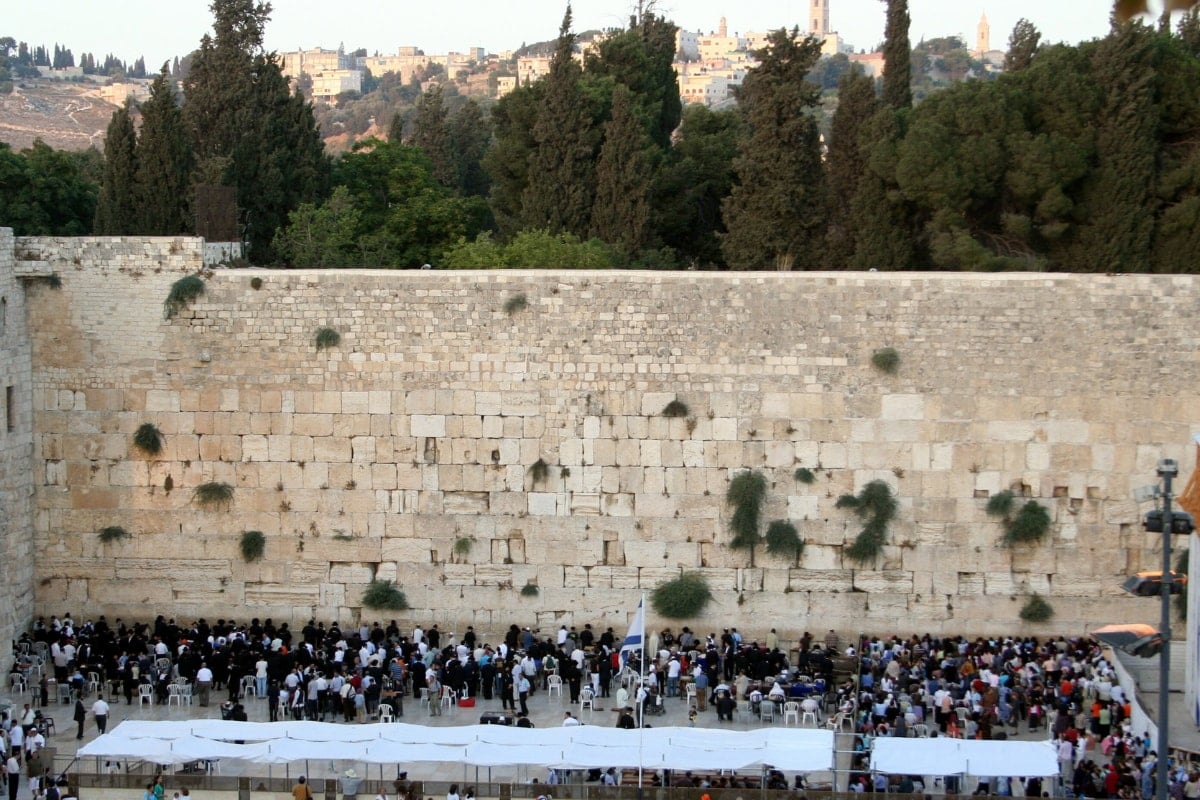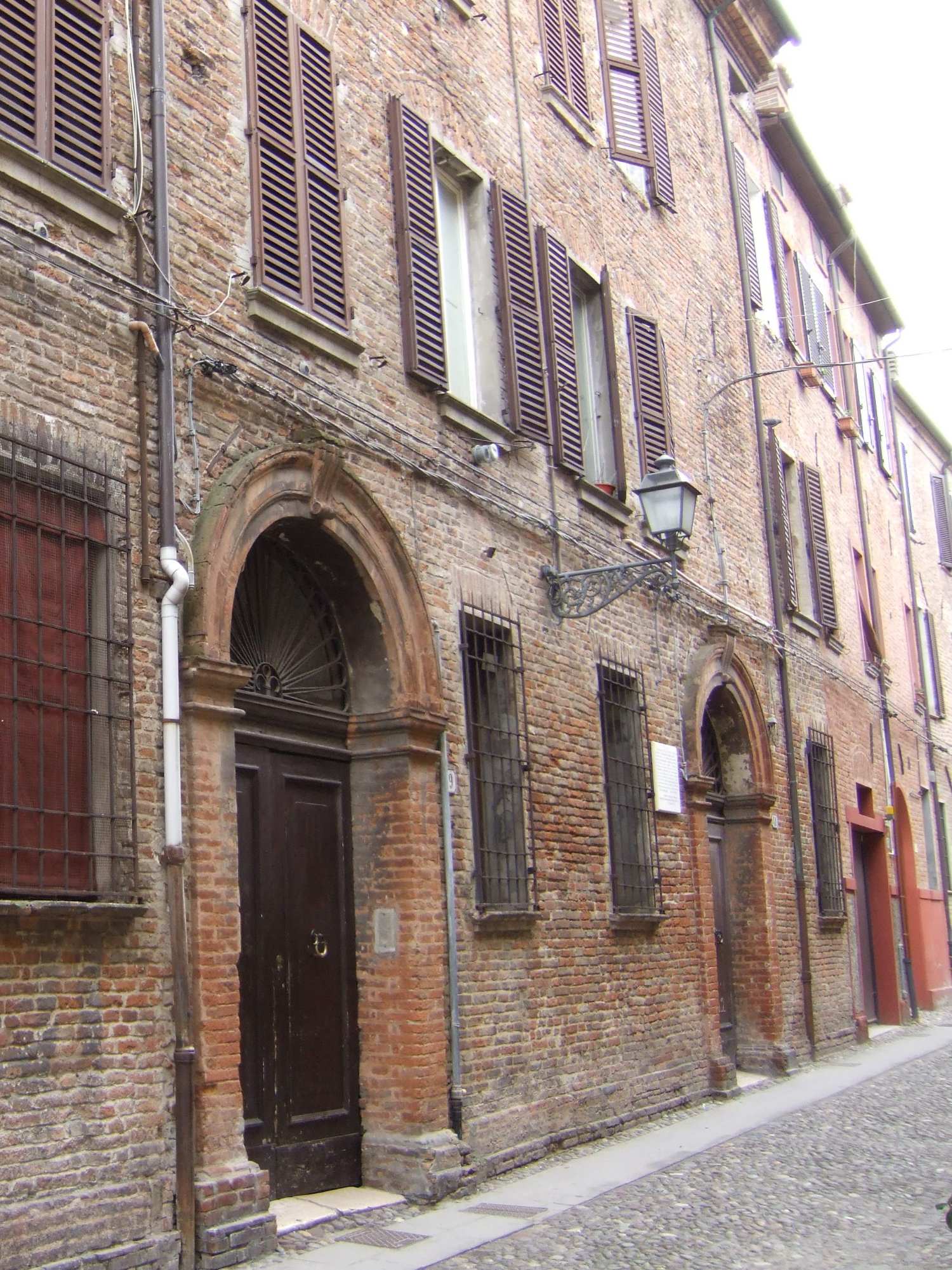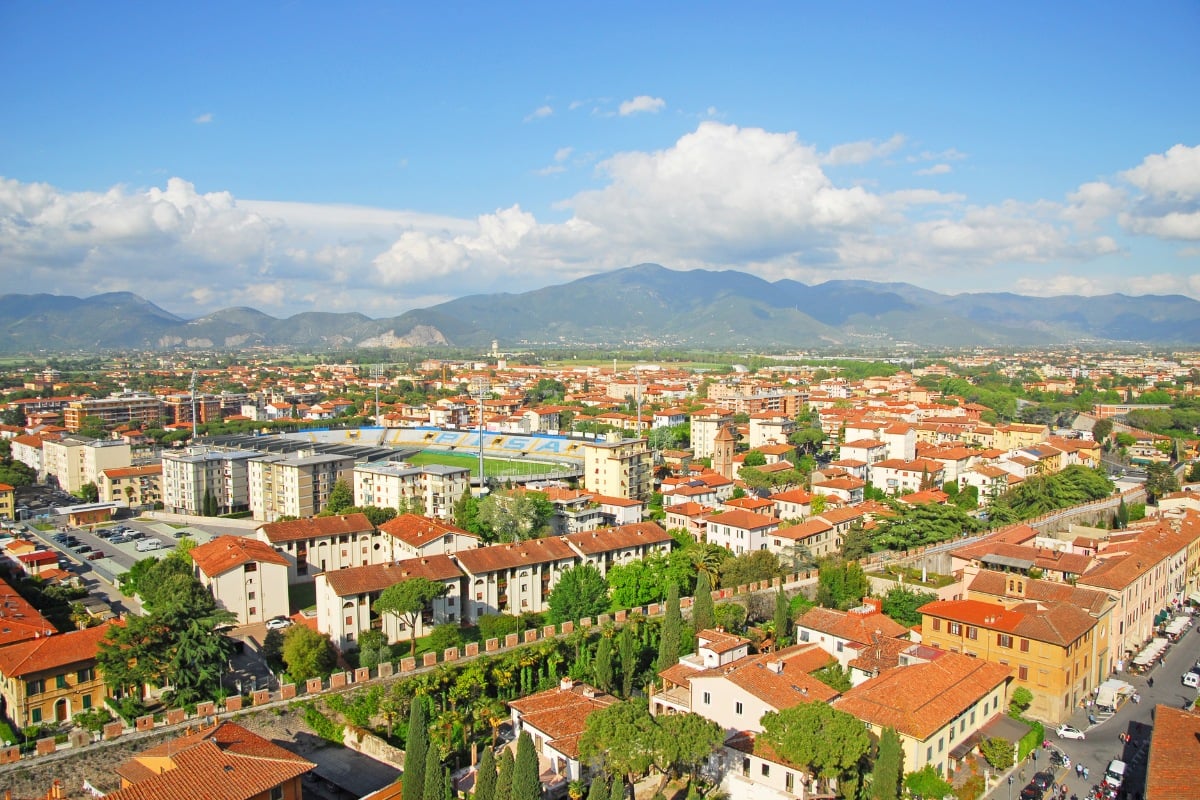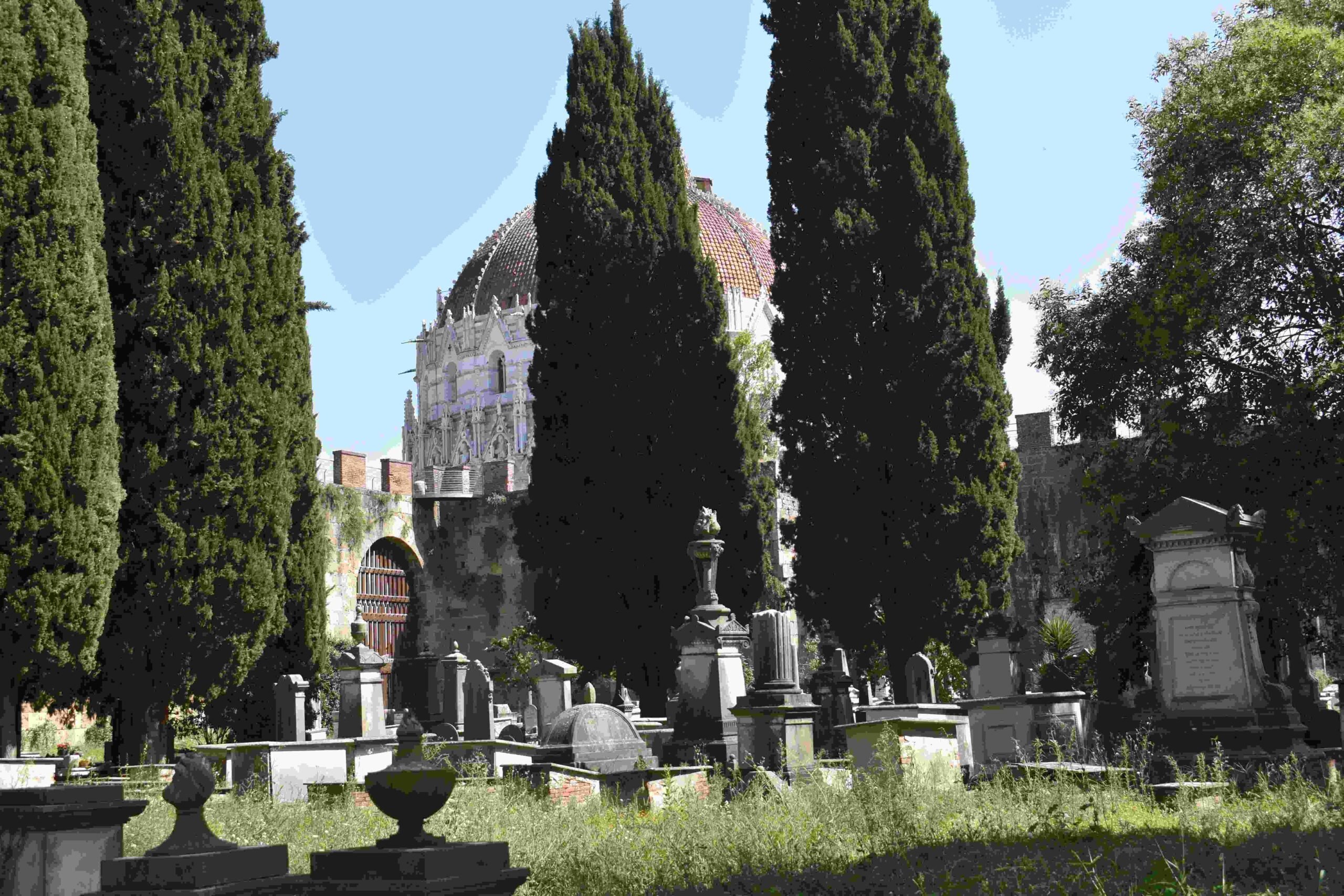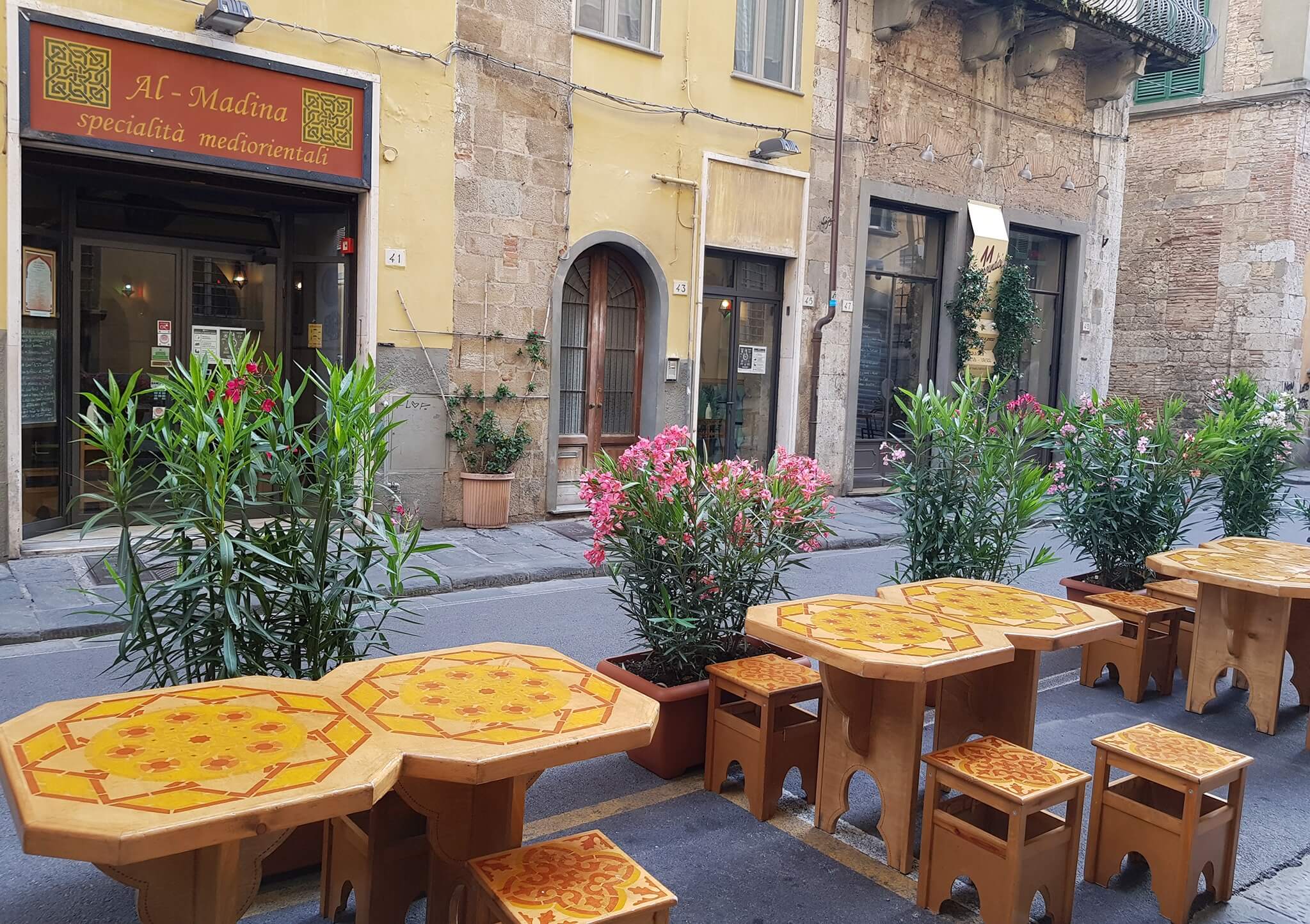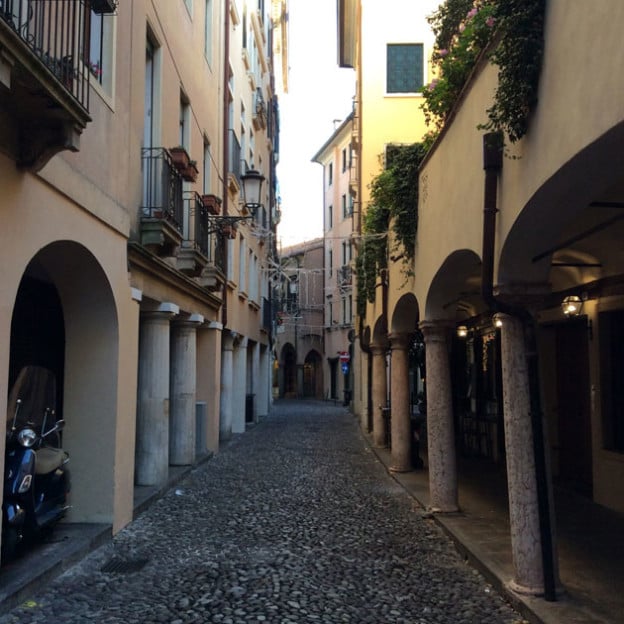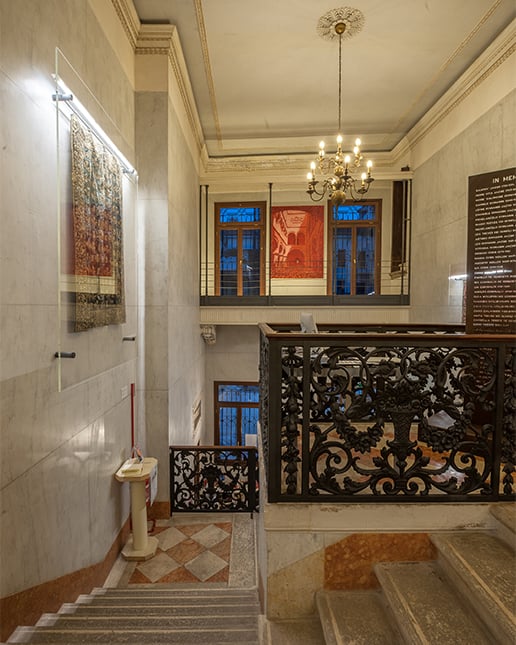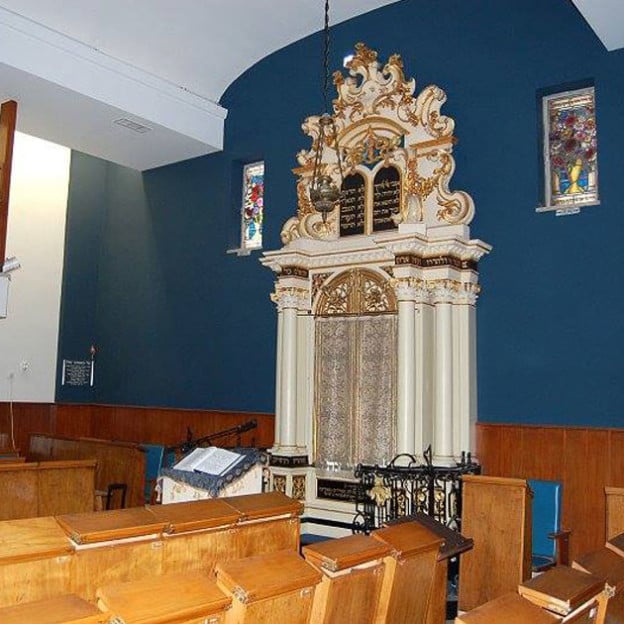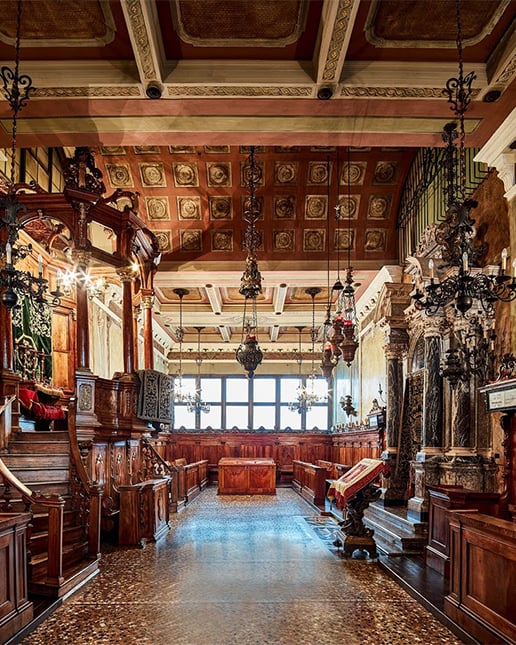WELCOME TO EASY ISRAEL TOURS
Our niche tours are especially designed for slow walkers or seniors at a relaxed and sensible pace. The comprehensive itinerary has minimal standing, steps, slopes or rough ground.
You won’t have to worry about struggling to keep up with a regular fast-paced tour.
We run our exclusive tours in spring and fall, the most comfortable seasons to visit Israel. The temperature is around 70F. Our aim is to provide you with a memorable, once-in-a-lifetime vacation and experience in the most special place on earth.
It would be an honor for us if you joined us on tour!
The hotels rooms have air con, TV and ensuite bathrooms with a walk-in shower. Hotels we use are frequented by locals for their own vacations, family celebrations
and business meetings. If these hotels don’t give good service and food, it will be around Israel on social media within days and give them a bad name. We all want quality as well as comfort, don’t we? Not the big soul-less tourist hotels.
Huge buffet breakfasts and evening meals are included in the tour price. Fresh from the kibbutzim, there are plenty of delicious choices for everyone’s dietary requirements.
Top, licensed, Jewish guides inform, inspire and lead us to authentic, interesting and often less-known sites as well the most desired places to visit.
Legends Tours & Travel, our agent in Jerusalem, book the hotels, transportation, entrances to sites, etc. Between the guide, Trish and Legends we have over 100
years of experience.
Starting in Tel Aviv with drinks, dinner and a good night’s sleep, we travel up to Caesarea and beyond for three nights in the Galilee/ Golan Heights, two nights over Shabbat at Ein Bokek on the Dead Sea and of course the jewel in the crown, Jerusalem for four nights.
The full itinerary can be viewed on the ‘Jewish Tours’ page on EasyIsraelTours.com
Keep scrolling down here for a summary….
While you are on the website, please check the ‘Reviews’ page to see what past guests have to say.
For more information contact Trish Duke, Founder and Tour Director on [email protected]
Cell phone: +61 414 543 843
(Our head office for EasyIsraelTours.com is in Australia, 12 hours ahead of EST)
Many guests like to arrive a day early to wander around Tel Aviv, enjoy the Mediterranean beaches and get over the jetlag.
Adding one day in Jerusalem at the end of the tour is popular. You won’t want to go home anyway! Visit the shuk, explore parts of the Old City not included in the tour, have lunch at the King David hotel… Possibly with new tour friends.
We can book the pre and post hotel nights for you to save another hotel change.
Talking of changing hotels…
There are only 3 hotel changes on our tours and a full porterage service, so you don’t have to move luggage from your room to the bus.
The luxury bus has air con, Wi-Fi and speakers so you can hear the guide. Instead of giving us the information at each site while we stand for 15 minutes or so, our guide give us most of their information while we are traveling in-between places. Saves time…and our bodies! There are more seats on the bus than we need so you can move around.
Seniors sometimes bring an adult son or daughter. The slower pace is not frustrating as they also enjoy the relaxed itinerary. There are opportunities for the more active guests to walk further in some places or have a swim or walk before the evening meals.
It would be an honor for you to join us!
For more information contact Trish Duke, Founder and Tour Director on [email protected]
Cell phone: +61 414 543 843
(Our head office for EasyIsraelTours.com is in Australia, 12 hours ahead of EST)
